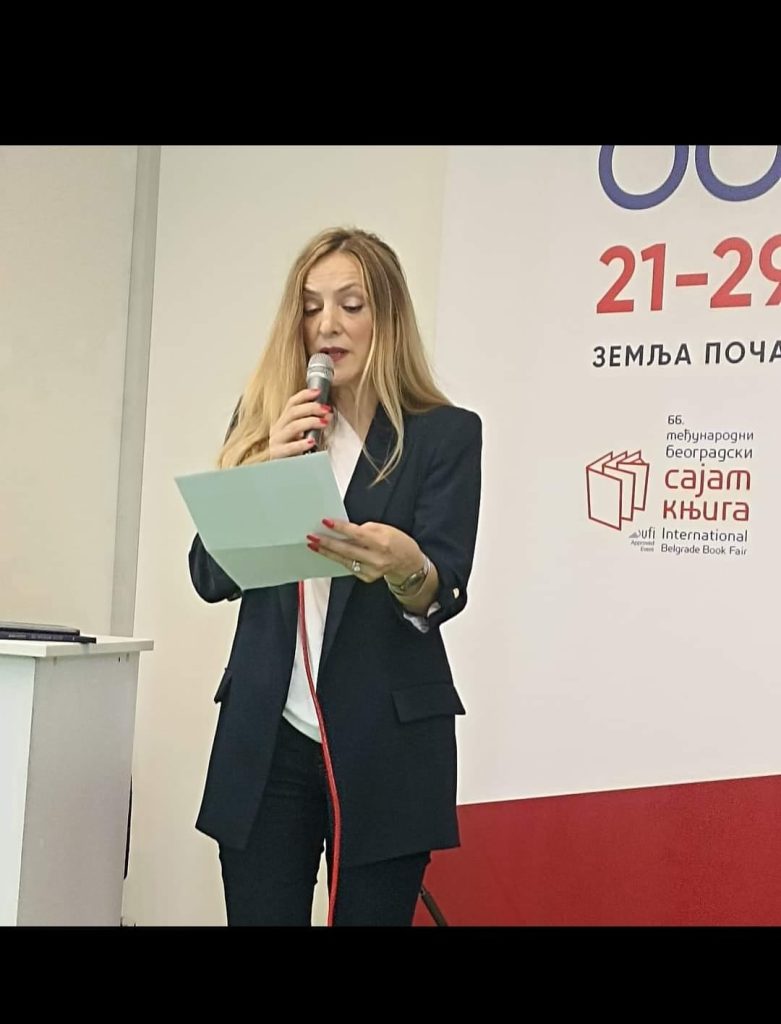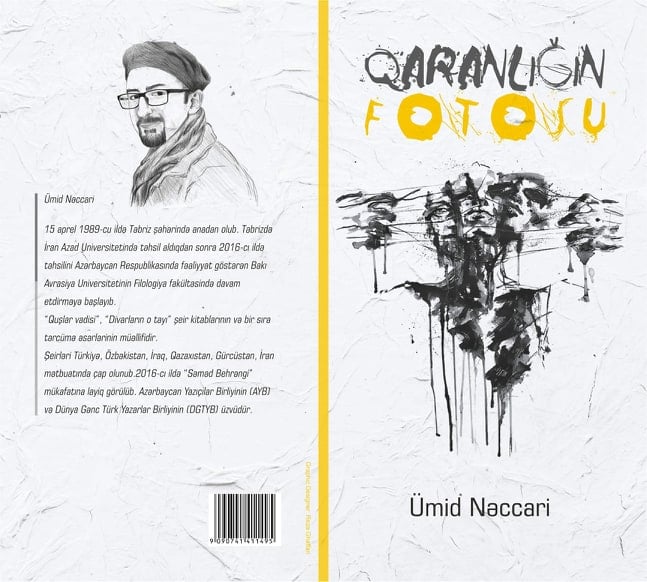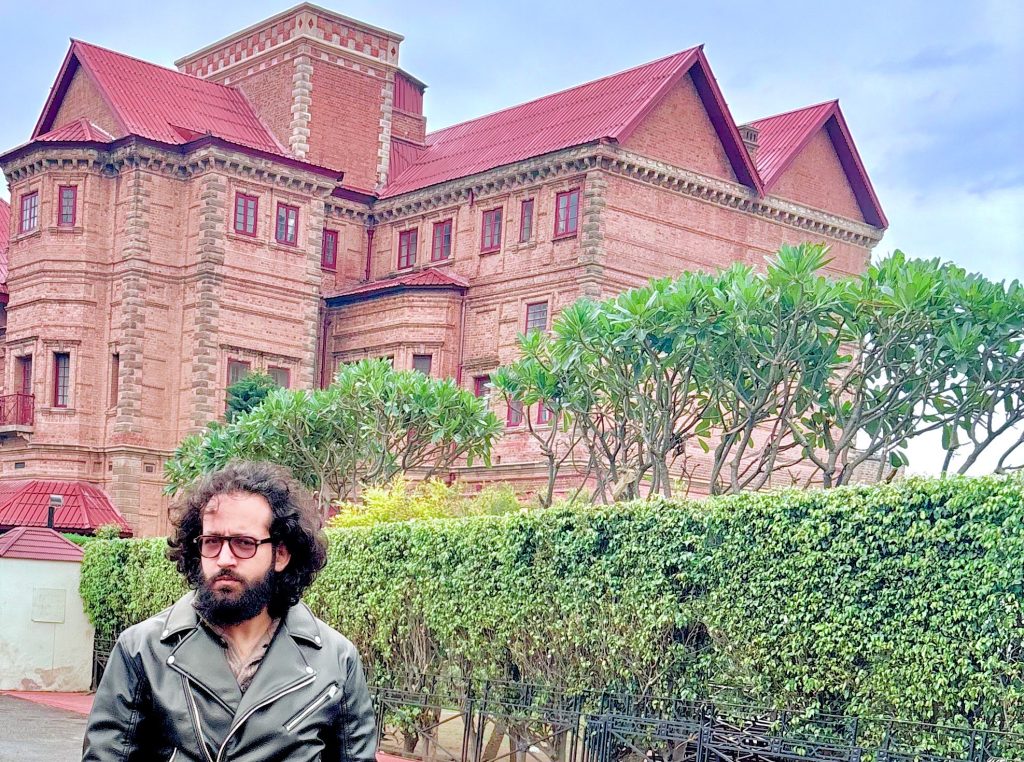
Visible, For Ellyn (Maybe?)
As I wait for our nearly ten hour conversation to upload
This poem is always already published in heaven
with respects to Patti Smith
“Oh wow”-Ellyn Maybe
“There’s something in the collective paw of the world”-also Ellyn (“Whiff of Wonder”)
So where do I begin
of all the
Encomiums pinned to the
goddess fold this is among
The flowers
the surface of the turf of the waves of the silver mine
The dramatic unfolding of the rose within the heart of matter melting into infinity
The remarkable steep climb down/up a very short/long limbed cliff
That makes the counterintuitive look like:
The breath of God
Or maybe the ear God scratches on its fins
Or maybe the…
Gosh
Golly
So yeah
so yeah
so yeah
(Giggles)
Wow, what a trip, right?
I agree
That was wild!!!
A really intense, pleasurable, purely innocent
walk on the moon’s moon
walk on the star’s spume
Walk along the
Hands of the
Golden clock walk in the
Shade of the garden of the
Fauns
and frankly, fuck
Adam and Eve
Nothing against them, but boy is that mythology
Begging for a reboot ‘
‘
Let’s let lapsarian swim some
Laps at the bottom of Rimbaud’s alchemy of the Word
L’alchemie du verbe
Let’s allow the glow to
Gather at our
Toes let’s
Freeze frame this desolate timeline for once and
All
Let’s make quantum theory look like Santa Claus
Flowing in and out of the chimney of God’s
Hair
Let’s make quantum computing look like if
Iceland
was really
Sweden was really
A
Forest of star-spangled
Elephant meerkats
Let’s turn over
First principles
Let’s unearth
the
Satellites we stole apparently Emily Dickinson
Let’s deface the astral mime-field of
Walt Whitman let’s and
Let’s and
Lettuce
See
What is at the end of
The final fork
Oh beauty of a dream of life, terrible and
wonderful and
throned in blood
Oh verite cinema complex where
dragons hit the
Snuff pipe of radiation
Oh Weimar complex where the
Dusseldorf vampire is doing bumps with
The Sno-cone nose of
Adolf Hister
Let’s turn over a new lava lump
and glow
glow
glow
Like
Fabulous
Opera…
Love is a multiple Folio William Shakespeare’s sonnets
paddled out through the
Desert of the waters of the
Future
Love is a pincushion made of
Elves in a
Sidereal blast you
jogged me at the
Elbow saying
In the end it will
be
Okay in the
End it was our communal landing strip where
Bob Dylan and
Dylan Thomas and
William Blake and
All the other
Rock and roll niggers were
Examining the
World’s largest
Tuning farce inside the
Grimdark nostrils of
the grumbling stones.
Photo credit: Alex S. Johnson, taken from a ten-hour zoom conversation Sunday March 23rd, 2025 or it was a minute.






